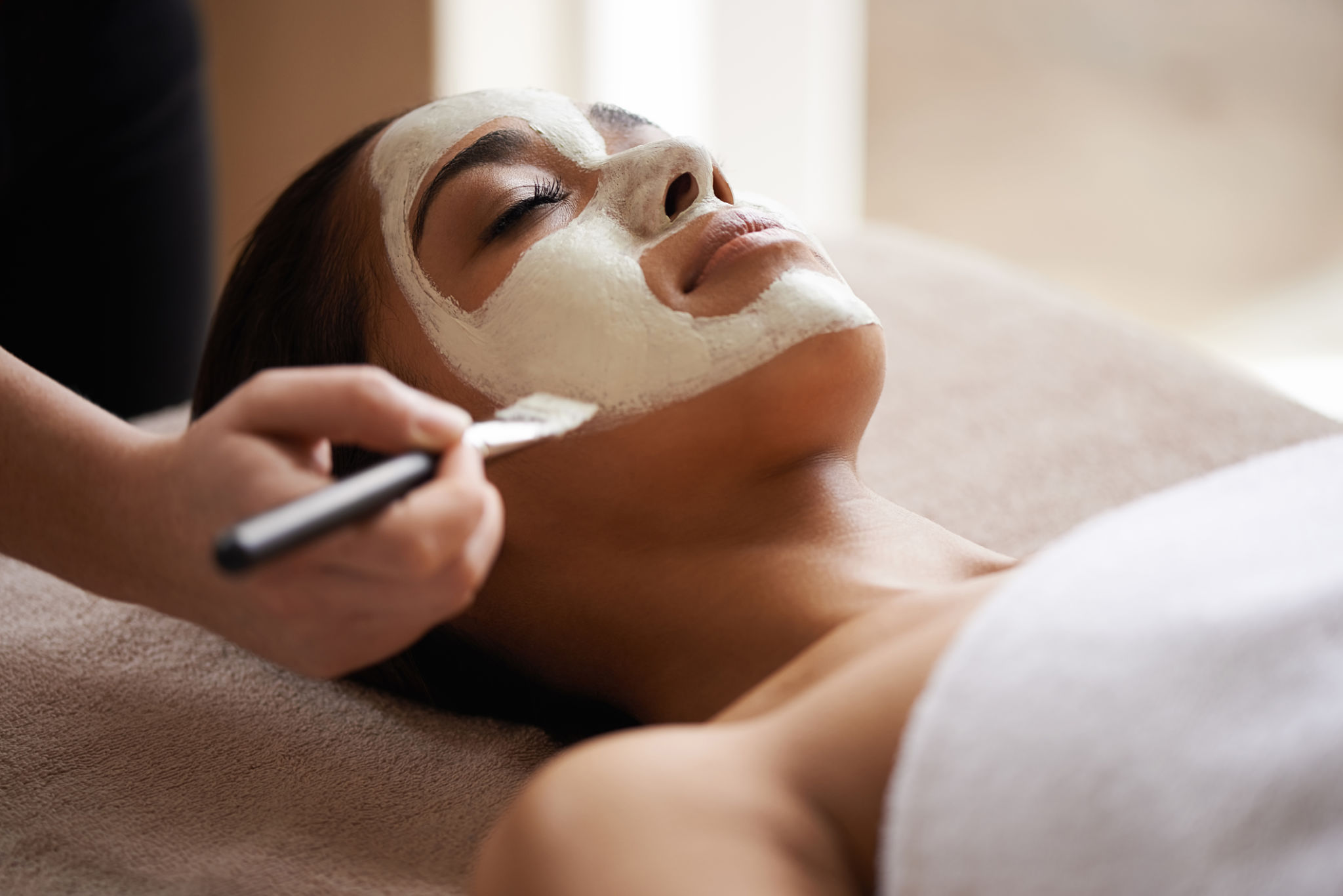How to Choose the Best Aesthetic Treatments for Your Skin Type
Understanding Your Skin Type
Before choosing an aesthetic treatment, it's crucial to identify your skin type. The main categories include oily, dry, combination, sensitive, and normal skin. Knowing your skin type helps in selecting treatments that cater specifically to your skin's needs, ensuring optimal results.
Oily skin tends to produce excess sebum, leading to a shiny appearance and potential acne. In contrast, dry skin lacks moisture, resulting in flakiness and tightness. Combination skin features both oily and dry areas, often with an oily T-zone. Sensitive skin reacts easily to products and environmental factors, while normal skin is balanced and less prone to issues.

Consulting with a Dermatologist
Visiting a dermatologist is a valuable step in the process of choosing the best aesthetic treatment. A professional assessment can provide insights into your skin’s specific needs and help rule out any underlying conditions. Dermatologists can recommend treatments that are aligned with your skin type and goals.
It's also important to discuss any allergies or past reactions to skincare products with your dermatologist. This information aids in avoiding treatments that could irritate or damage your skin.
Exploring Treatment Options
There are various aesthetic treatments available, each designed to target specific concerns. Common options include:
- Facials: Ideal for cleansing and rejuvenating all skin types.
- Chemical Peels: Effective for exfoliating and improving texture, especially for oily or acne-prone skin.
- Microdermabrasion: Suitable for reducing fine lines and promoting even skin tone.
- Laser Treatments: Beneficial for targeting pigmentation and collagen stimulation.

Considering Your Skin Concerns
Beyond skin type, consider specific concerns such as acne, hyperpigmentation, or aging signs when selecting treatments. For instance, retinoids and salicylic acid are often recommended for acne-prone skin, while hyaluronic acid is favored for hydration and plumping effects in dry or mature skin.
If hyperpigmentation is a concern, treatments like laser therapy or intense pulsed light (IPL) may be effective. Always ensure that chosen treatments align with your primary skincare goals.
Evaluating Product Ingredients
The ingredients in skincare products can significantly impact their effectiveness. For sensitive skin, opt for products with soothing agents like chamomile or aloe vera. Those with oily skin might benefit from ingredients such as niacinamide or tea tree oil.
Understanding what ingredients work best for your skin type can prevent adverse reactions and enhance the benefits of your aesthetic treatments. Always patch test new products to check for compatibility.

Maintaining a Consistent Routine
The effectiveness of aesthetic treatments is heightened when paired with a consistent skincare routine. Cleansing, moisturizing, and applying sunscreen daily are foundational steps that support treatment outcomes.
Consistency ensures that your skin remains healthy and responsive to aesthetic enhancements. Regular follow-ups with your dermatologist can help track progress and make necessary adjustments to your routine.
Budgeting for Treatments
Aesthetic treatments can vary widely in cost. Establishing a budget helps prioritize which treatments are feasible and maintainable over time. Consider the long-term investment in your skin’s health when assessing costs.
Some treatments may require multiple sessions to achieve desired results, so factor in these costs when planning your skincare regimen.

Staying Informed
The world of aesthetic treatments is ever-evolving with new technologies and products. Keeping informed about the latest advancements allows you to explore innovative options that may better suit your needs.
Engage in research, read reviews, and consult experts regularly to stay updated on the best choices for your skin type. This proactive approach ensures you are making informed decisions about your skincare journey.
